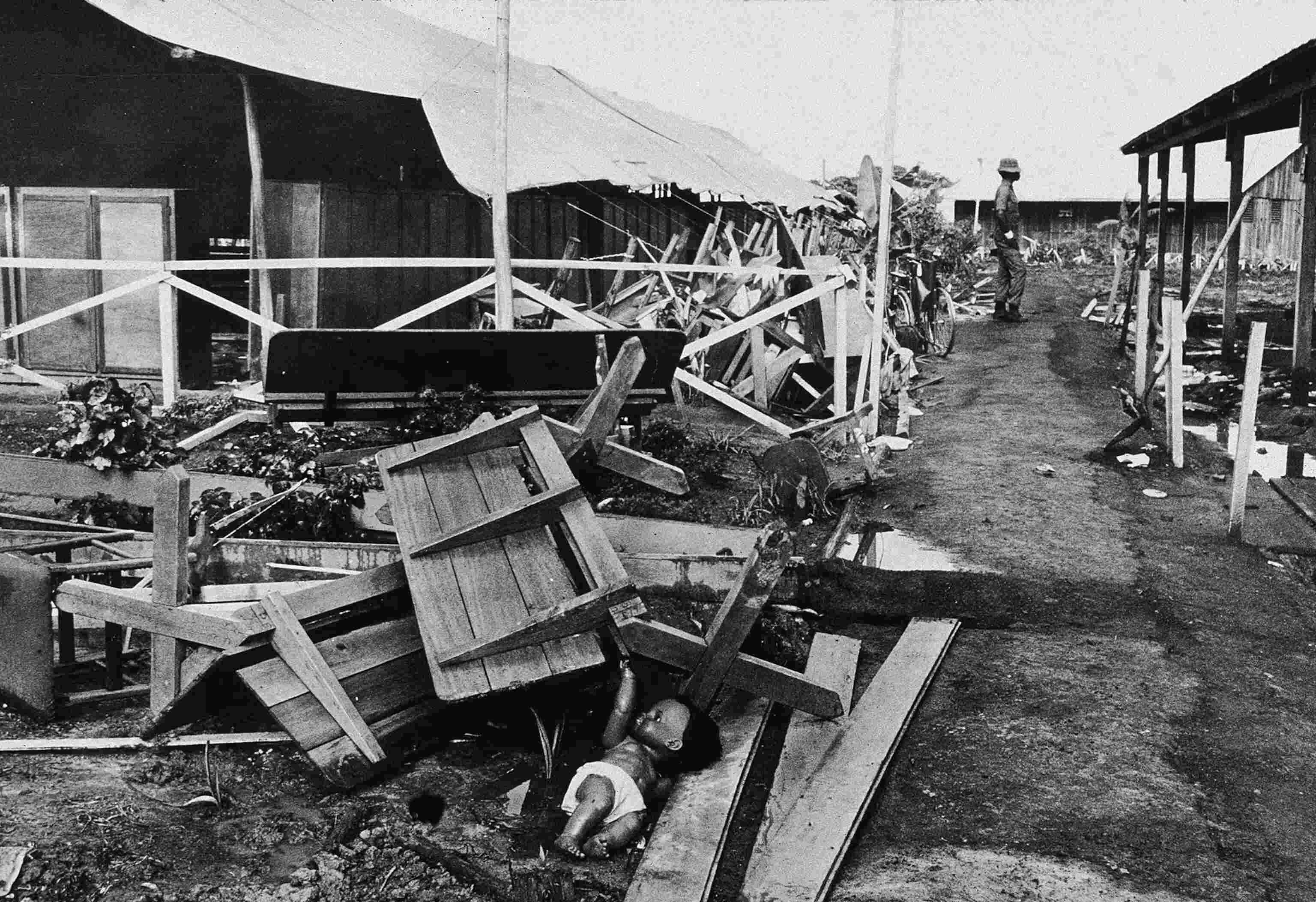
What happened at Jonestown? On November 18, 1978, over 900 members of the Peoples Temple, led by Jim Jones, died in a mass murder-suicide in Jonestown, Guyana. This tragic event is one of the largest losses of American civilian life in a deliberate act until September 11, 2001. The followers, who had moved to the remote settlement to create a utopian community, were coerced into drinking a cyanide-laced beverage. The incident also claimed the lives of U.S. Congressman Leo Ryan and four others who were visiting to investigate human rights abuses. Jonestown Massacre remains a chilling reminder of the dangers of cults and blind obedience.
Key Takeaways:
- The Jonestown Massacre was a tragic event in 1978, where over 900 people died in a mass suicide-murder using cyanide-laced Flavor Aid, leaving a lasting impact on survivors and society.
- The legacy of Jonestown continues to influence discussions on cults, mental health, and community dynamics, serving as a reminder of the dangers of blind obedience and the importance of remembrance.
The Origins of Jonestown
Jonestown, a remote settlement in Guyana, became infamous due to a tragic event in 1978. Understanding its origins provides context for the events that unfolded.
- Jim Jones founded the Peoples Temple in 1955, initially promoting social justice and racial equality.
- The settlement was named after Jim Jones, who envisioned it as a utopian community.
- Jonestown was established in 1974 in the dense jungle of Guyana, South America.
- The location was chosen for its isolation, which Jones believed would protect his followers from outside interference.
- At its peak, Jonestown housed around 1,000 members of the Peoples Temple.
Life in Jonestown
Life in Jonestown was meant to be idyllic but turned out to be harsh and controlled. Here are some insights into daily life there.
- Residents worked long hours in the fields, often from dawn until dusk.
- Jim Jones maintained strict control over the community, using loudspeakers to broadcast his sermons and commands.
- Food was scarce, and residents often faced malnutrition.
- Medical care was limited, with only a few trained personnel and basic supplies.
- Jones used fear and intimidation to maintain order, including threats of violence and public punishments.
The Lead-Up to the Tragedy
Several events led to the tragic mass suicide-murder in Jonestown. These facts outline the critical moments leading up to it.
- Congressman Leo Ryan visited Jonestown in November 1978 to investigate claims of abuse.
- Some residents expressed a desire to leave with Ryan, which angered Jim Jones.
- Jones ordered his followers to attack Ryan and his delegation at the airstrip.
- Ryan and four others were killed in the ambush.
- Following the attack, Jones initiated what he called "revolutionary suicide."
The Mass Suicide-Murder
The events of November 18, 1978, remain one of the most shocking mass deaths in history. Here are the key facts.
- Cyanide-laced Flavor Aid was used to poison the residents.
- Over 900 people died, including more than 300 children.
- Jim Jones was found dead from a gunshot wound, believed to be self-inflicted.
- The event is often referred to as the Jonestown Massacre.
- It remains the largest loss of American civilian life in a deliberate act until September 11, 2001.
Aftermath and Impact
The aftermath of Jonestown had a profound impact on survivors, families, and society. These facts highlight the consequences.
- Few survivors escaped into the jungle or were away during the massacre.
- Bodies were left in the open for days before being recovered.
- Media coverage was extensive, bringing the tragedy into homes worldwide.
- Survivors faced immense psychological trauma and stigma.
- The Peoples Temple organization dissolved after the massacre.
Legacy and Lessons
Jonestown's legacy continues to influence discussions on cults, mental health, and community dynamics. Here are some lasting impacts.
- Jonestown is often cited in discussions about the dangers of cults and charismatic leaders.
- The term "drinking the Kool-Aid" originated from the event, symbolizing blind obedience.
- Documentaries and books have been produced to analyze and remember the tragedy.
- Survivors and families of victims have shared their stories to prevent similar events.
- Mental health professionals study Jonestown to understand the psychology of cults.
Remembering the Victims
Honoring the victims of Jonestown is crucial for their families and society. These facts emphasize the importance of remembrance.
- Memorials have been erected in various locations, including Evergreen Cemetery in Oakland, California.
- Annual services are held to remember the victims and educate the public.
- Names of the deceased are inscribed on memorial plaques.
- Survivors often participate in these events to share their experiences.
- Educational programs use Jonestown as a case study in schools and universities.
Continuing Research and Awareness
Ongoing research and awareness efforts aim to prevent future tragedies. Here are some initiatives.
- Scholars continue to study Jonestown to understand the social and psychological factors involved.
- Non-profits work to raise awareness about the dangers of cults and provide support for survivors.
Reflecting on Jonestown
The Jonestown Massacre remains one of history's most chilling events. Over 900 people lost their lives in a tragic mass suicide orchestrated by Jim Jones. This event highlighted the dangers of cult mentality and blind obedience. The People's Temple, initially seen as a progressive movement, turned into a nightmare for its followers. Survivors' stories and the chilling recordings from that day serve as stark reminders of the potential for manipulation and control. Understanding these events helps us recognize the importance of critical thinking and the need to question authority. Jonestown's legacy is a somber lesson on the fragility of human trust and the devastating consequences when it is exploited. Remembering this tragedy honors those who perished and underscores the importance of vigilance against similar threats in the future.
Frequently Asked Questions
Was this page helpful?
Our commitment to delivering trustworthy and engaging content is at the heart of what we do. Each fact on our site is contributed by real users like you, bringing a wealth of diverse insights and information. To ensure the highest standards of accuracy and reliability, our dedicated editors meticulously review each submission. This process guarantees that the facts we share are not only fascinating but also credible. Trust in our commitment to quality and authenticity as you explore and learn with us.


